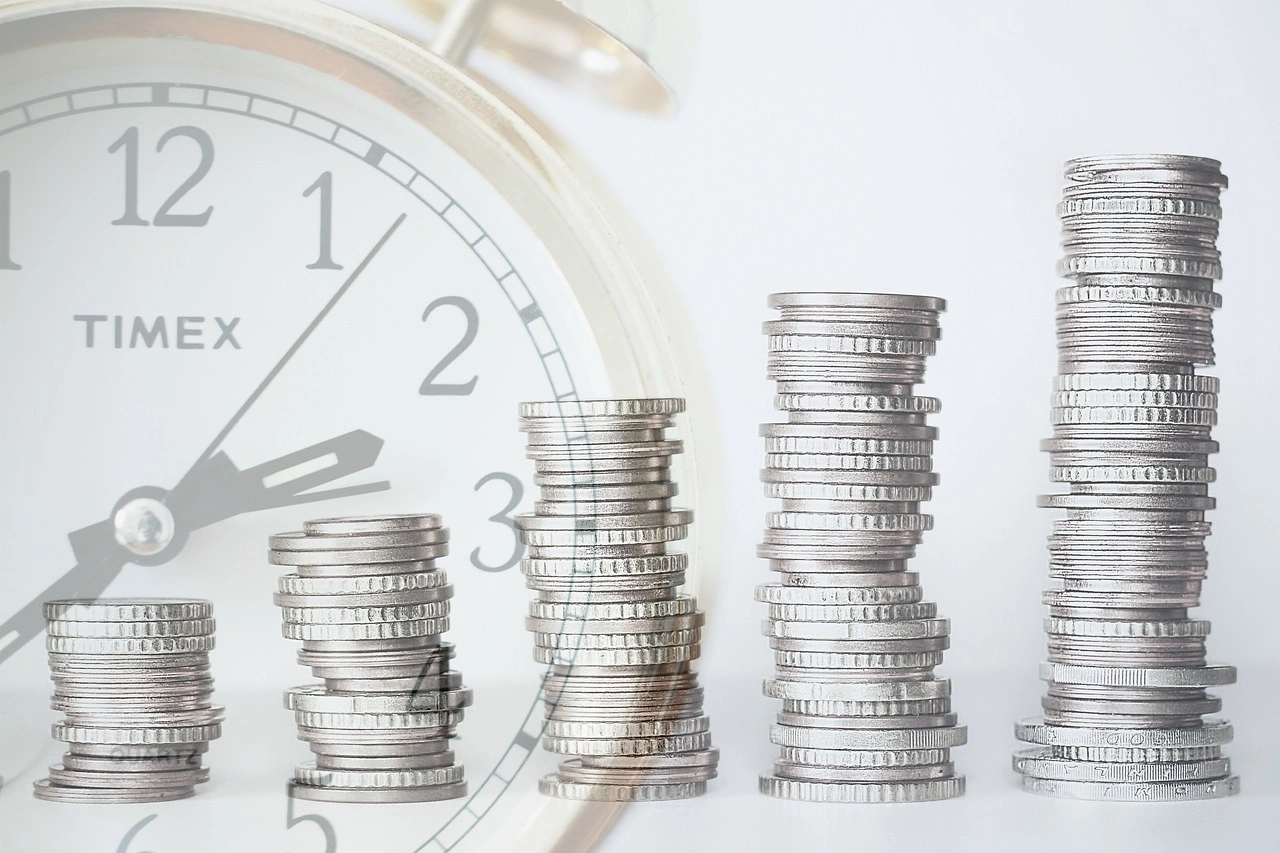In a world of economic uncertainty, having a financial safety net isn’t just recommended—it’s essential. An emergency fund serves as your personal financial insurance policy against life’s unexpected events. Whether it’s a sudden job loss, medical emergency, or major car repair, having cash reserves can mean the difference between a temporary setback and a financial disaster.
Why Emergency Funds Are Non-Negotiable
The COVID-19 pandemic taught us all a harsh lesson about financial preparedness. Millions of people lost jobs overnight, facing months of uncertainty with no clear end in sight. Those with emergency funds had breathing room—time to adjust, plan, and make careful decisions. Those without them often faced cascading financial problems:
- Reliance on high-interest credit cards
- Missed bill payments affecting credit scores
- Inability to meet basic needs
- Early withdrawal penalties from retirement accounts
- Mental health struggles from financial stress
Research consistently shows that financial stress impacts not just your wallet but your physical health, relationships, and job performance. An emergency fund isn’t just about money—it’s about peace of mind.
How Much Should You Save?
Financial experts traditionally recommend saving 3-6 months of essential expenses. However, the “right” amount varies based on your personal situation:
Consider saving more if you:
- Have an irregular income (freelancers, commission-based work)
- Work in an industry with high layoff rates
- Are the sole income earner for your household
- Have dependents or pets with potential medical needs
- Own a home or car that may need repairs
Three months might be sufficient if you:
- Have multiple income streams
- Work in a stable industry with high demand
- Have other liquid assets you could tap if necessary
- Have strong family support networks
Remember: Any emergency fund is better than none. Start with a goal of $1,000, then build toward one month of expenses, and continue from there.
Where to Keep Your Emergency Fund
Your emergency fund needs to be:
- Easily accessible (liquid)
- Safe from market volatility
- Separate from your checking account
High-yield savings accounts are typically the best option, offering:
- FDIC insurance (protection up to $250,000)
- Better interest rates than traditional savings accounts
- No market risk
- Easy access when needed
Money market accounts are another good option, particularly if they offer debit card access for emergencies while still providing competitive interest rates.
Avoid keeping emergency funds in:
- Certificates of deposit with early withdrawal penalties
- Investment accounts subject to market fluctuations
- Physical cash that earns no interest and could be lost or stolen
Building Your Fund From Zero
If starting an emergency fund feels overwhelming, try these approaches:
1. Start Small with Automation
Set up an automatic transfer of just $25-50 per paycheck to your emergency fund. You’ll barely notice the difference in your daily spending, but over time, these small contributions add up significantly.
2. Use the “Found Money” Strategy
Commit to saving any unexpected money:
- Tax refunds
- Work bonuses
- Cash gifts
- Rebates and cashback rewards
- Side hustle income
This approach accelerates your savings without affecting your regular budget.
3. Try the 30-Day Spending Challenge
For one month, track every single expense. At the end of the month, identify 3-5 discretionary spending categories where you could cut back by 10-25%. Direct those savings to your emergency fund.
4. Create a Temporary Side Income
Consider a short-term commitment to earning extra money specifically for your emergency fund:
- Sell unused items around your home
- Pick up a few hours of gig work weekly
- Offer services based on your skills (tutoring, pet sitting, etc.)
- Participate in market research studies
Once you reach your initial goal, you can scale back or continue building.
Maintaining Your Emergency Fund
Once established, your emergency fund requires occasional maintenance:
- Review regularly: Assess whether your target amount still makes sense as your life circumstances change
- Replenish after use: If you tap your fund, make rebuilding it a priority
- Adjust for inflation: Increase your savings target periodically to maintain purchasing power
- Reassess after major life changes: Marriage, children, homeownership, or career changes may necessitate a larger fund
When to Actually Use Your Emergency Fund
Many people struggle with defining what constitutes a true “emergency.” Before using your fund, ask yourself:
- Is this expense unexpected?
- Is it necessary?
- Is it urgent?
If you answer “yes” to all three questions, it’s likely an appropriate use of emergency funds.
Building an emergency fund takes time and discipline, but the security it provides is invaluable. In a world where financial surprises are inevitable, your emergency fund ensures those surprises don’t become catastrophes. Start where you can, stay consistent, and watch your financial confidence grow alongside your savings.
The article was generated by AI

